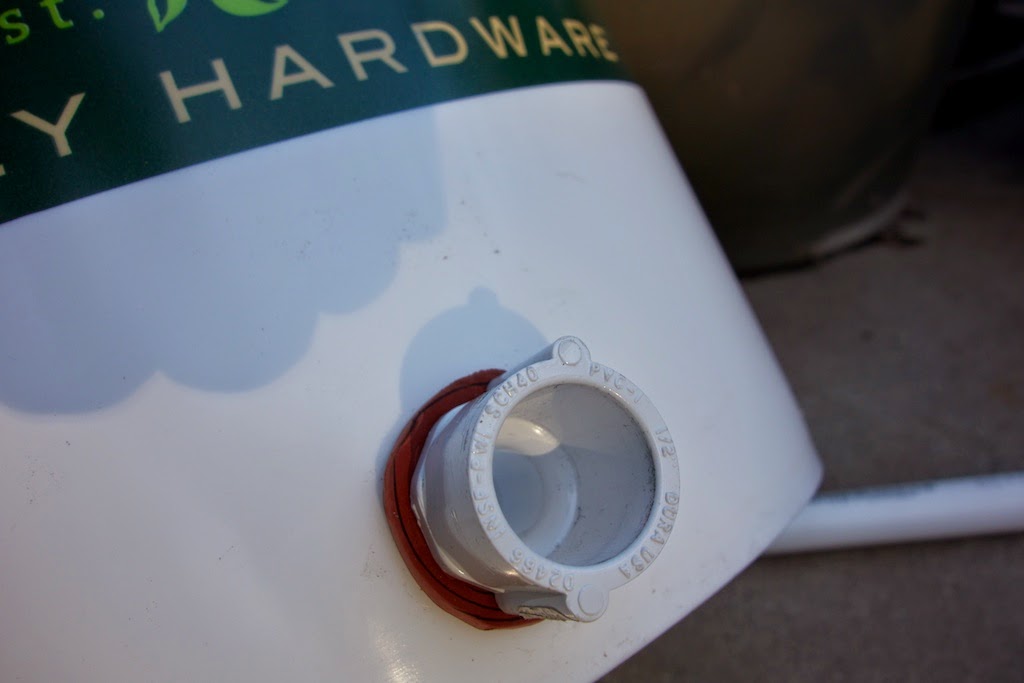It's very simple to obtain your own dragonfly. First, make a sign like this one and put it in your garden:
There's only one problem: dragonflies can't read.
You'd also need to find a REALLY BIG dragonfly if you wanted to ride one. The prehistoric ancestors of the dragonfly were much bigger 300 million years ago; they measured up to 28 inches across, which still isn't big enough to ride but is large enough to earn it the record for being the largest insect that ever lived.
Even if you can't ride a dragonfly, they're still fun to see as they swoop and dart catching insects. They eat annoying and disease-bearing insects like ants, wasps, flies, and mosquitoes, so they're not just entertaining to watch--they're useful helpers for maintaining a healthy and happy garden.
You can attract dragonflies to your yard by building a pond surrounded by shrugs and reeds. Dragonflies lay their eggs in and near water, and it's important to have plants next to the pond so dragonfly nymphs can climb out of the water when they are ready to turn into adults and fly.
Unfortunately, ponds also are habitats for mosquito larvae, which are a big problem because they carry West Nile virus. You can still attract dragonflies as long as there's a population somewhere within a few miles, as dragonflies are strong fliers and often search for food far away from their home pond.
Dragonflies like to perch up high so they can see other insects fly by, so by putting a few wood dowels or bamboo sticks around your garden you'll provide the perfect place for dragonflies to scope out their lunch.
Sometimes you don't even have to put out sticks; dragonflies will find natural perches in trees or shrubs, like this flame skimmer dragonfly did in our dwarf apple tree. Isn't he a gorgeous copper color?
 |
| We call this dragonfly "Smiley." Can you see why? His eyes have almost 360° vision, and see more colors than ours. |


























